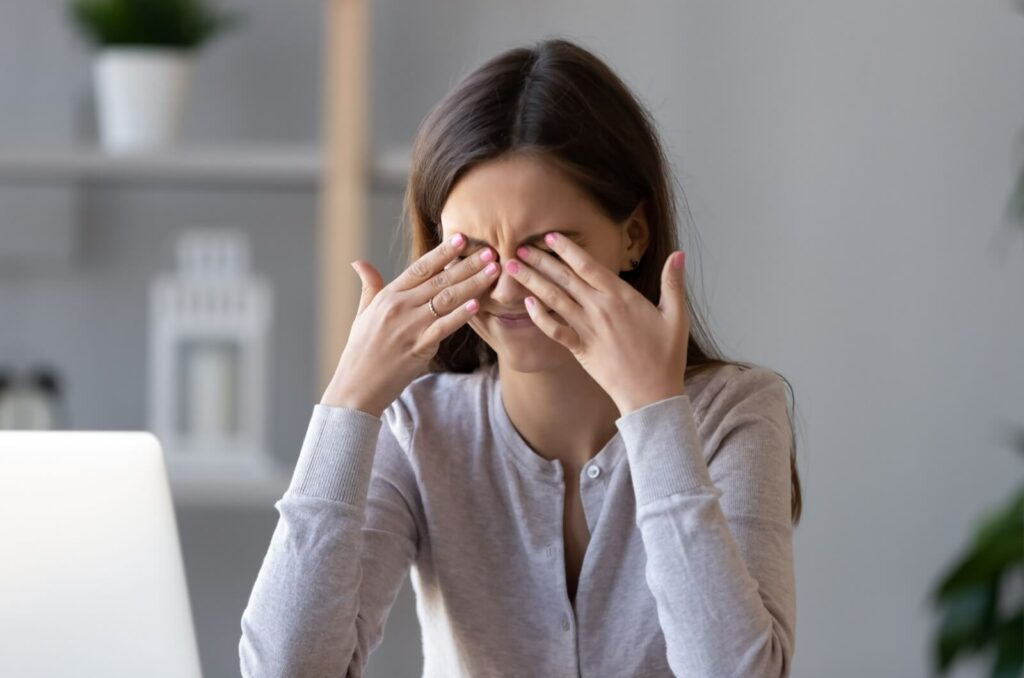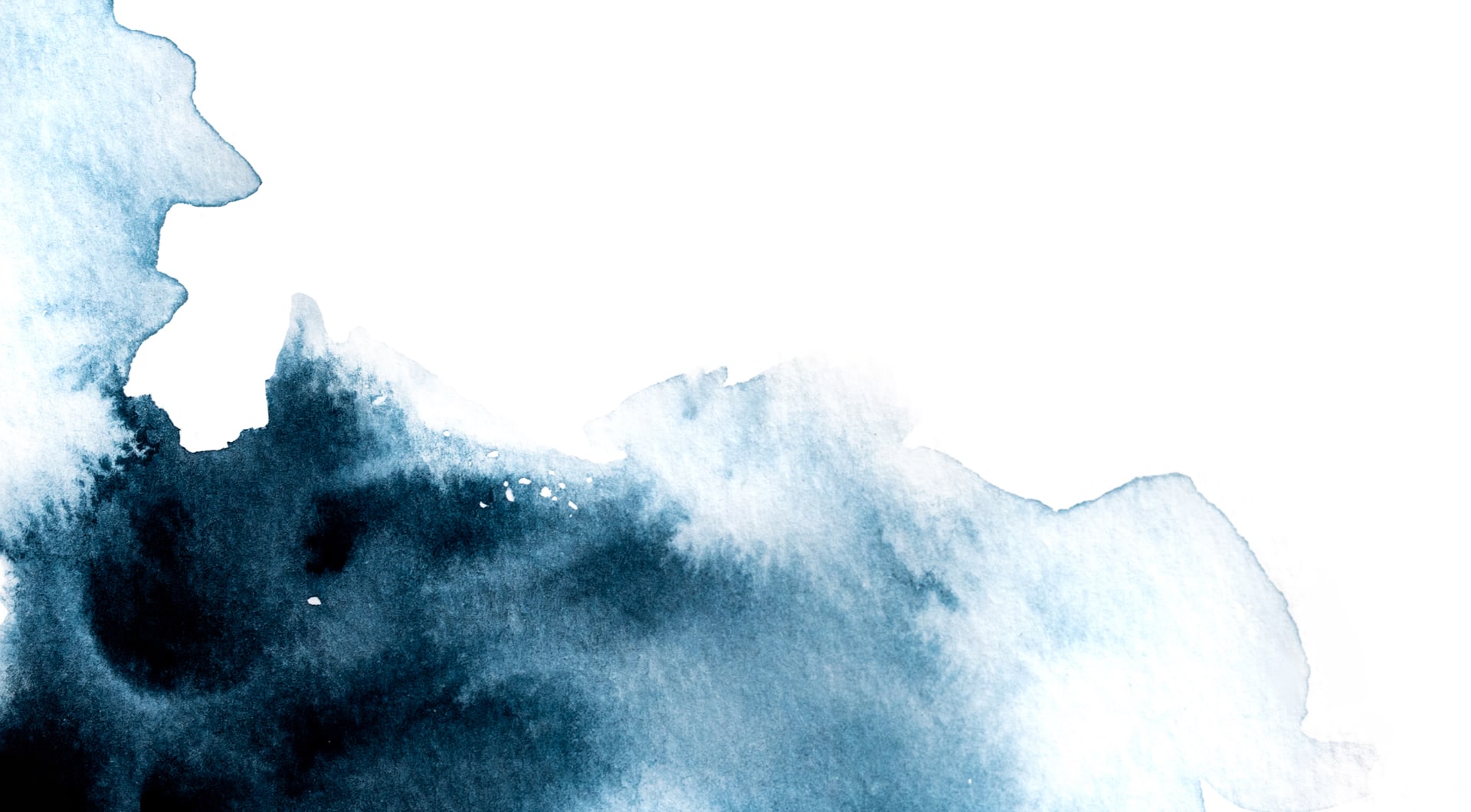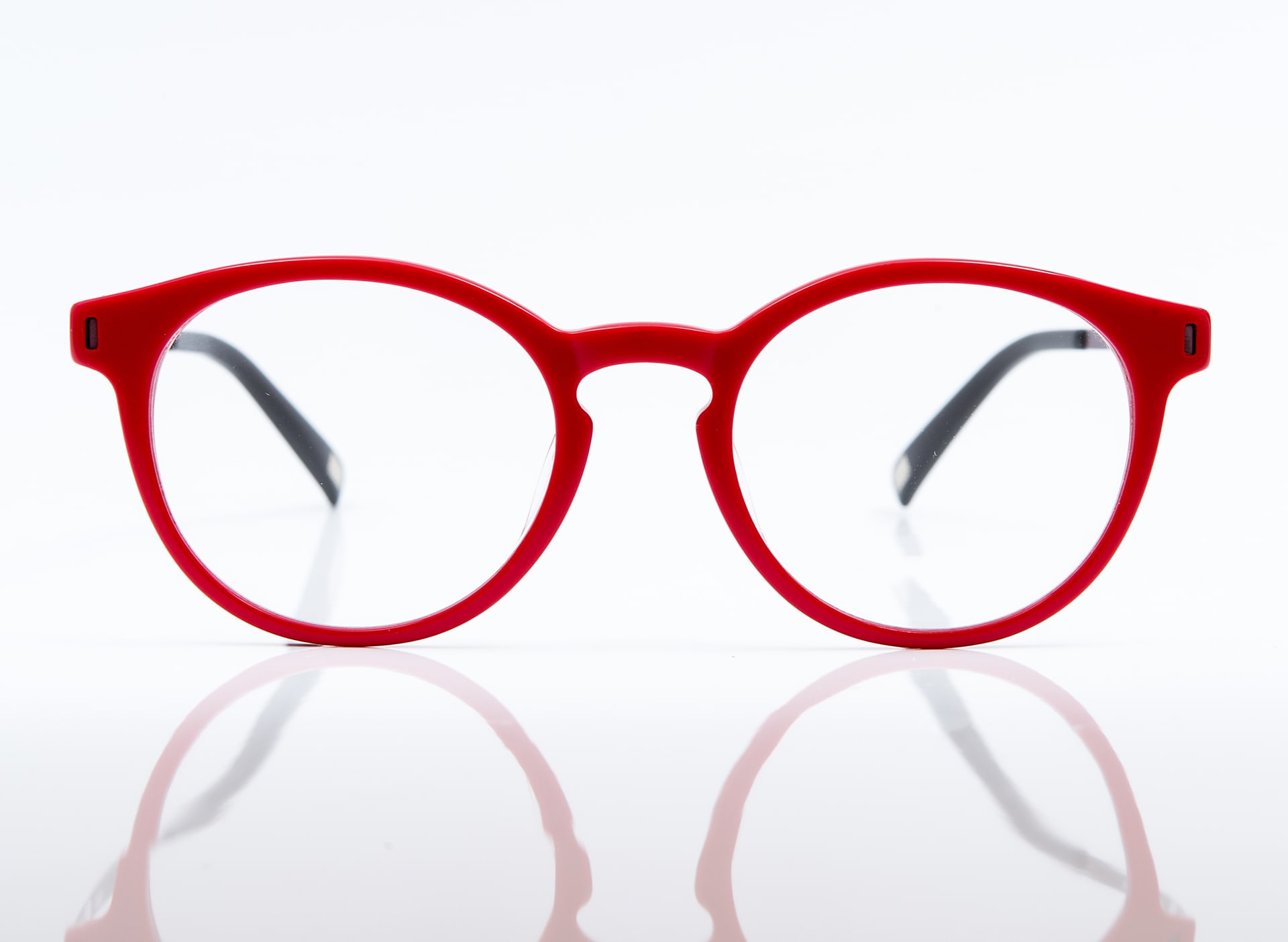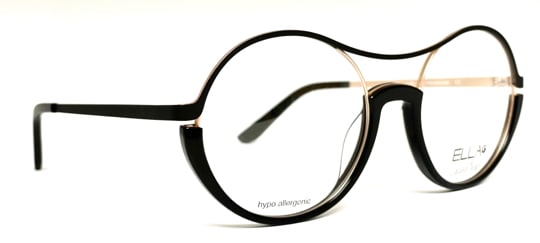If you have dryness, irritation, and overall inflammation of your eyes, you’re probably frustrated by the experience. This kind of eye discomfort is a common problem that arises due to a number of eye conditions and diseases. However, 2 subtle issues are often the cause: scalloped eyelid margins and meibomian gland dysfunction.
Scalloped eyelid margins occur when the eyelid’s edges become wavy. This is a sign of underlying conditions and inflammation. Meanwhile, meibomian gland dysfunction affects the tear film and causes dryness and irritation.
If you ever notice unusual eye-related symptoms, visit your optometrist as soon as you can to discuss treatment.
What Are the Meibomian Glands?
Your tears are vital for vision comfort and clarity. But many people don’t realize that their tears are made up of more than just water. There are actually 3 layers to the tear film:
- Water, from the lacrimal glands. This helps flush away harmful particles in the eye.
- Mucous, from the conjunctiva. This layer helps distribute the water evenly across your eye.
- Oil, from your meibomian glands. These glands are located just behind the eyelashes and produce oil that prevents your tears from evaporating.
These oils are an essential part of the tear film. They keep the outer surface of your eyes clear, stable, and smooth.
What Is Meibomian Gland Dysfunction?
The meibomian glands play an important role in keeping your eyes comfortable and protected. In some cases, however, these glands become blocked or compromised and stop producing enough oil for your tears.
The result is a condition known as meibomian gland dysfunction. Common symptoms include:
- Dry, itchy, or gritty eyes
- Redness and inflammation
- Blurred vision
- Light sensitivity
All of these symptoms can be extremely frustrating. Plus, in extreme cases, you may even deal with further symptoms, like scalloped eyelid margins.
What Are Scalloped Eyelid Margins?
Scalloped eyelid margins refer to a wavy or irregular appearance along the edge of the eyelids. Typically, this surface is a steady, smooth contour. When it becomes scalloped, the eyelids look uneven and bumpy, like the edge of a scallop shell.
This isn’t a cosmetic problem. Scalloped eyelid margins can be a sign of underlying conditions. They’re also easy to miss—especially if you don’t know what to look for.
If you notice that the edges of your eyelids look unusual, visit your optometrist as soon as you can. They can examine the area and perform a series of tests to determine what’s causing your symptoms. Then, they can work with you to treat your condition.
Are Scalloped Eyelid Margins a Sign Something’s Wrong?
Scalloped eyelid margins can signal several potential conditions, including:
- Blepharitis, an inflammation of the eyelid edges. This develops when bacteria or oil clogs the hair follicles in the eyelids.
- Chalazion, a cyst that forms on the eyelid due to a blocked meibomian gland.
- Dry eyes, caused by insufficient tear production or underlying conditions like Sjogren’s syndrome.
Any unusual changes to your eyes should be taken seriously. Your eyes are sensitive, so there’s no need to put them at unneeded risk. If you notice irritation, inflammation, or scalloped eyelid margins, visit your optometrist as soon as you can.
How to Treat Meibomian Gland Dysfunction
There is good news, however—both meibomian gland dysfunction and scalloped eyelid margins are treatable. You’ll need to work with your optometrist to address the underlying cause of your condition.
First, we’ll start by evaluating your tear film. This is done through a special questionnaire and some in-office testing. This information helps us create a personal approach to your treatment.
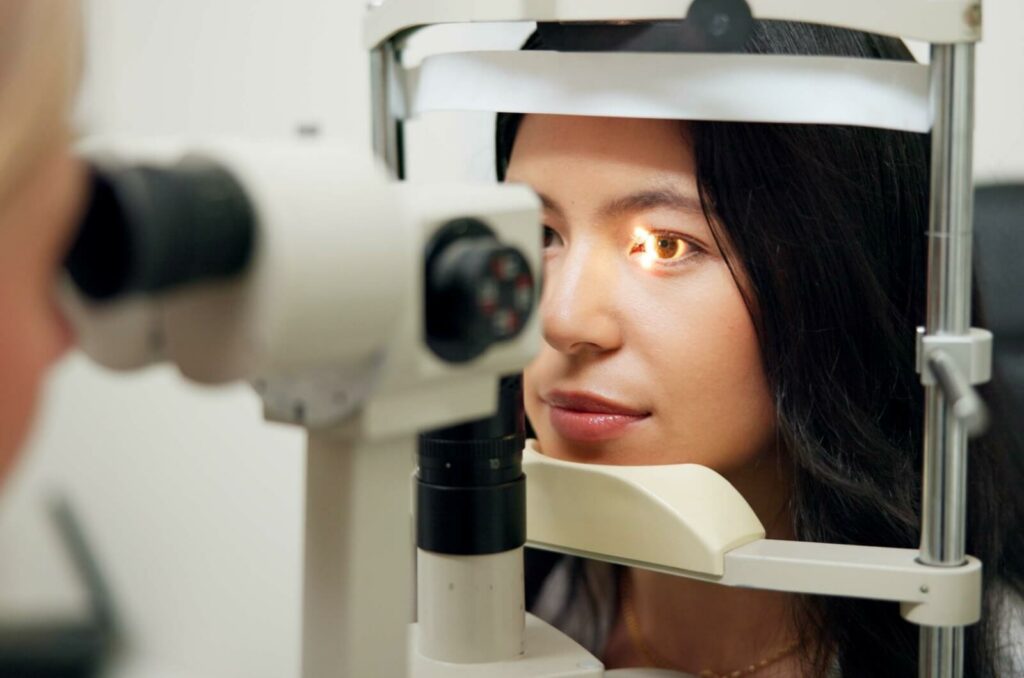
Then, we’ll likely recommend one or more of the following:
- OptiLight IPL, a non-invasive treatment that uses pulses of light to stimulate the meibomian glands.
- LipiFlow, a heat-based treatment that warms the area to improve your natural tear production.
- Eyelid cleansing, where we use special tools to unblock the meibomian glands and clean the edges of the eyelids.
- Meibomian gland expression, where we gently apply pressure and warmth to the glands to break up blockages.
We’ll also give you advice on some daily changes that you can make to improve your tear production.
Get Help for Your Symptoms
If you’re experiencing symptoms like dryness, irritation, or scalloped eyelid margins, this could be a sign of meibomian gland dysfunction. But don’t worry—our team here at West Shore Eye Care is here to help.
With our experience, we can identify what’s causing your symptoms and help you find relief from discomfort. Contact our team to learn more, or schedule an appointment today! Relief could be right around the corner.


